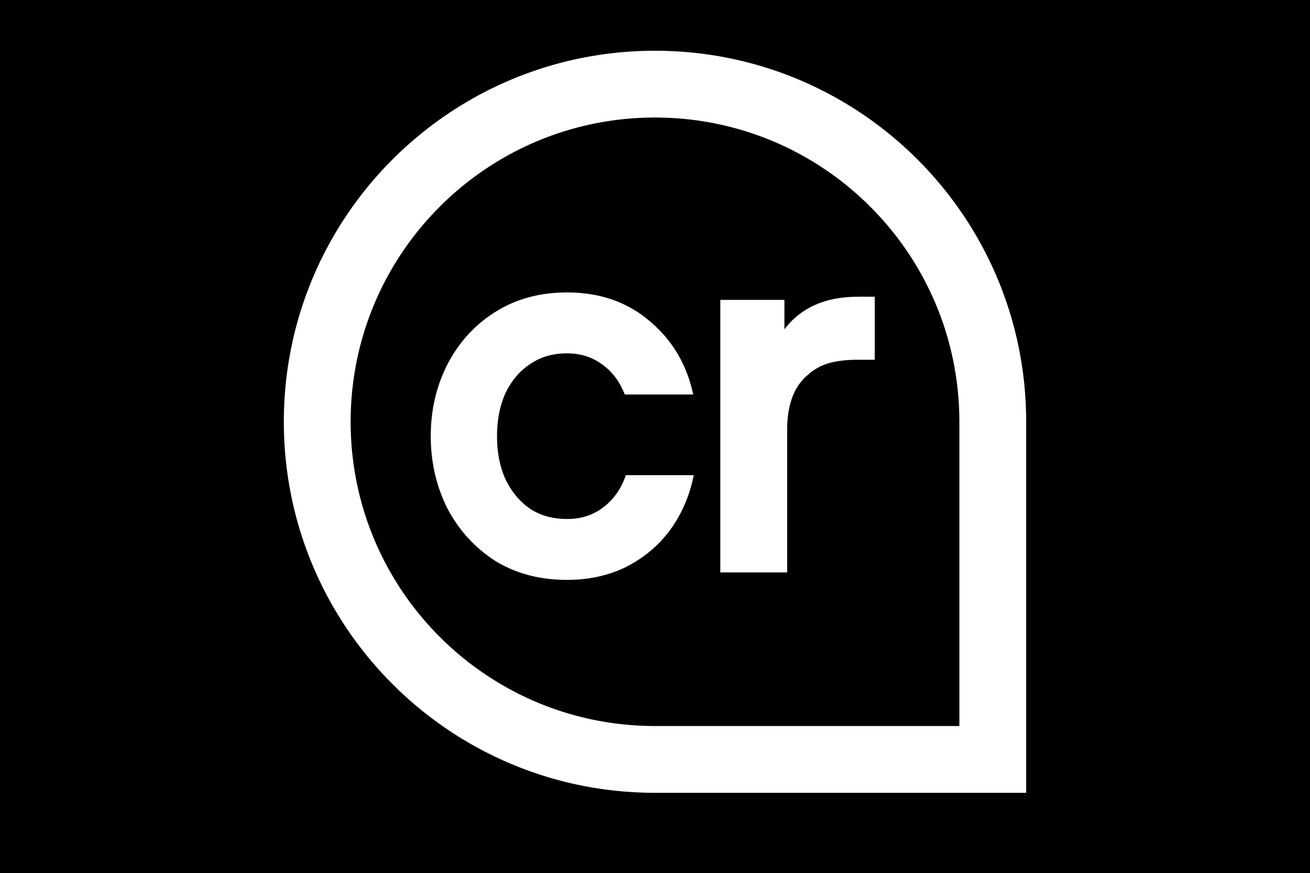Content creators’ reputations. With the “icon of transparency,” users will be able to easily verify the authenticity and origin of content, promoting trust and accountability on the internet.
Adobe’s initiative in creating this symbol is not unilateral; they have collaborated with other companies to develop this tool. Together, they are working towards a common goal of combating manipulated and misleading content. which will allow content creators to attach digital certificates to their work.
- Adobe has created an “icon of transparency” that can be attached to content alongside metadata to establish its provenance. This symbol will provide information about ownership, the AI tool used to create it, and other production details when clicked on.
- Adobe’s symbol can be added via its photo and video editing platforms like Photoshop and Premiere, as well as Microsoft’s Bing Image Generator in the future.
- The goal of the symbol is to address the growing concern of misleading and manipulated content on the internet.
- Other companies have collaborated with Adobe in developing this symbol.
- This move by Adobe is part of a larger effort to combat deepfake and misleading content. Adobe is also working on a tool called “Content Authenticity Initiative” that will enable content creators to attach digital certificates to their work.
Adobe, along with other companies, has created an “icon of transparency” that can be attached to content alongside metadata. This symbol aims to establish the provenance of the content, including information about ownership, the AI tool used to create it, and other production details. With the rise of misleading and manipulated content on the internet, this symbol is a step forward in providing transparency and combating the spread of misinformation.
The symbol, developed by Adobe, can be added to images, videos, and PDFs through platforms like Photoshop and Premiere. In the future, it will also be available through Microsoft’s Bing Image Generator. By adding the symbol to the metadata of the media, viewers will be able to access information about the content’s creation and ownership. When hovering over the mark, a dropdown will appear with details about who created the media, the AI tool used, and other relevant information.
The need for such a symbol arises from the increasing concern over manipulated content, deepfakes, and fake news. Misleading and altered media can have significant consequences, ranging from influencing public opinion to damaging
organizational reputation. By providing a way to verify the authenticity of content, this symbol contributes to a safer online environment.
Adobe’s symbol is not an individual effort but a collaborative one. Other companies have joined forces with Adobe in the development of this symbol, demonstrating a collective commitment to addressing the issue of fake and misleading content.
In addition to the symbol, Adobe is also working on a tool called the “Content Authenticity Initiative.” This tool will allow content creators to attach digital certificates to their work, further enhancing transparency and enabling viewers to trust the authenticity of the media they consume.
Overall, Adobe’s “icon of transparency” and the Content Authenticity Initiative represent vital steps in the ongoing battle against manipulated and misleading content in the digital age.
Conclusion : Content Authenticity Initiative
Adobe’s “icon of transparency” is a significant step in addressing the problem of misinformation and manipulated content online. By providing easy access to information about content provenance, this symbol promotes transparency, trust, and accountability in the digital world.




